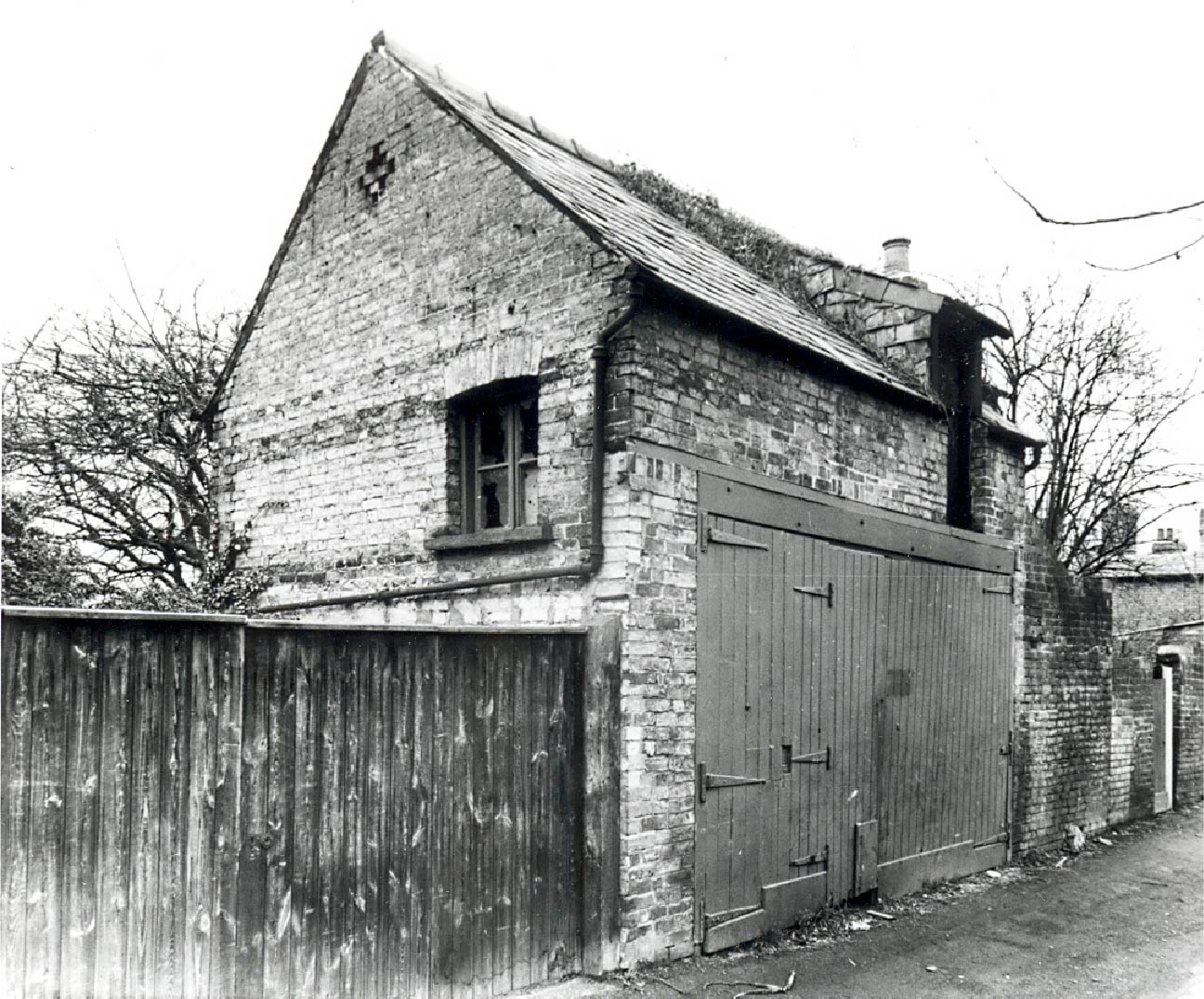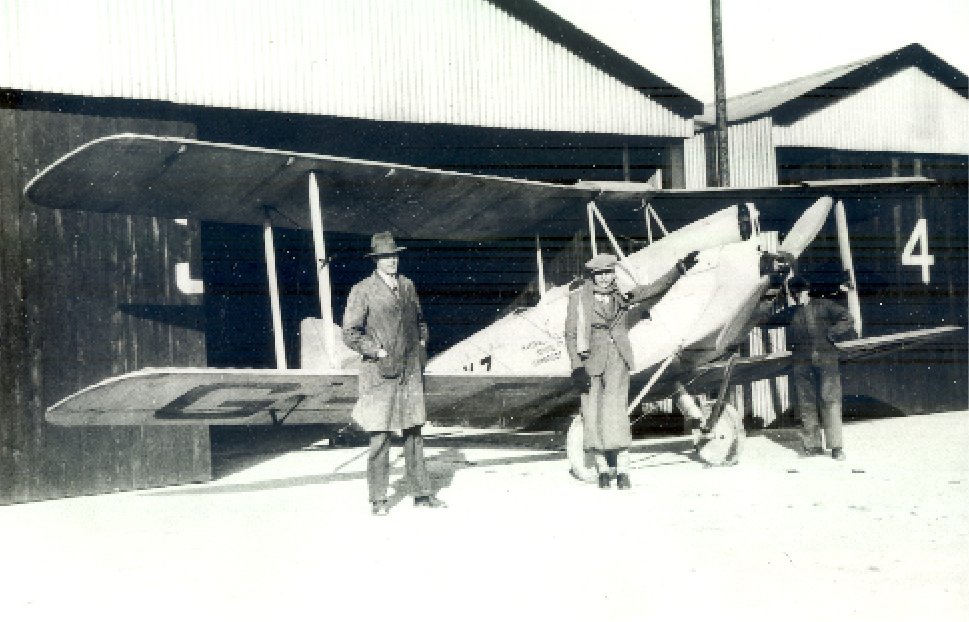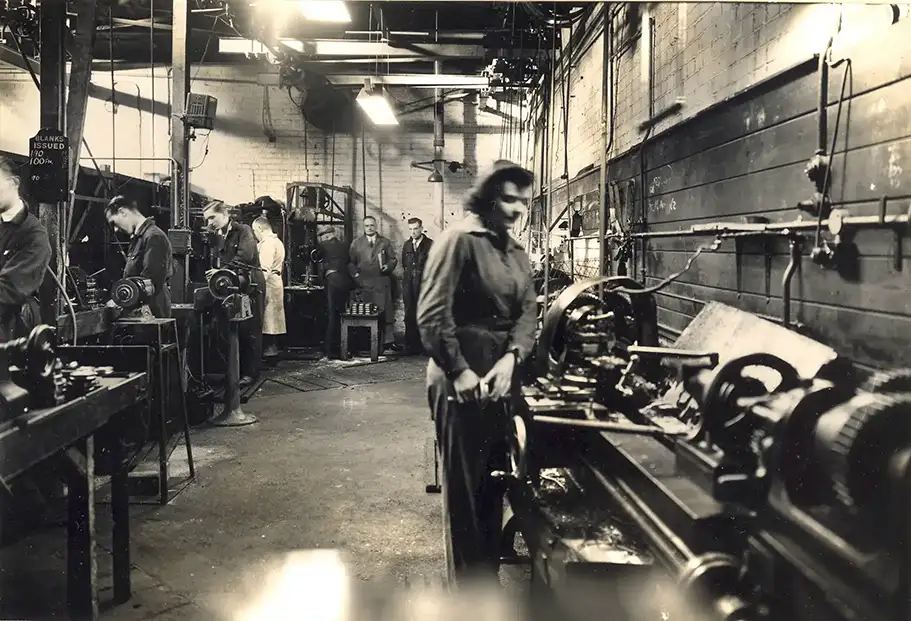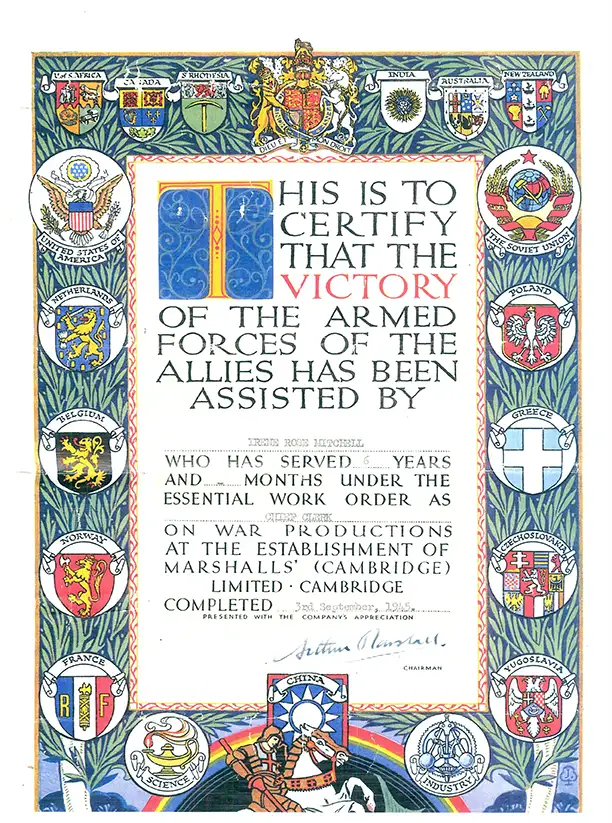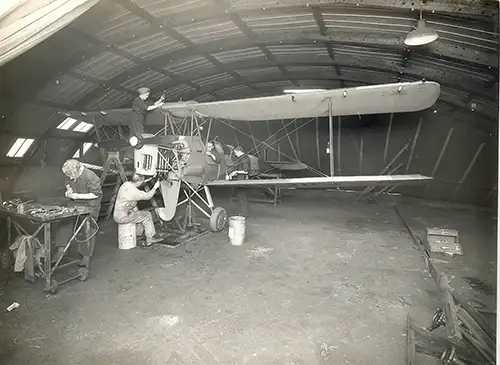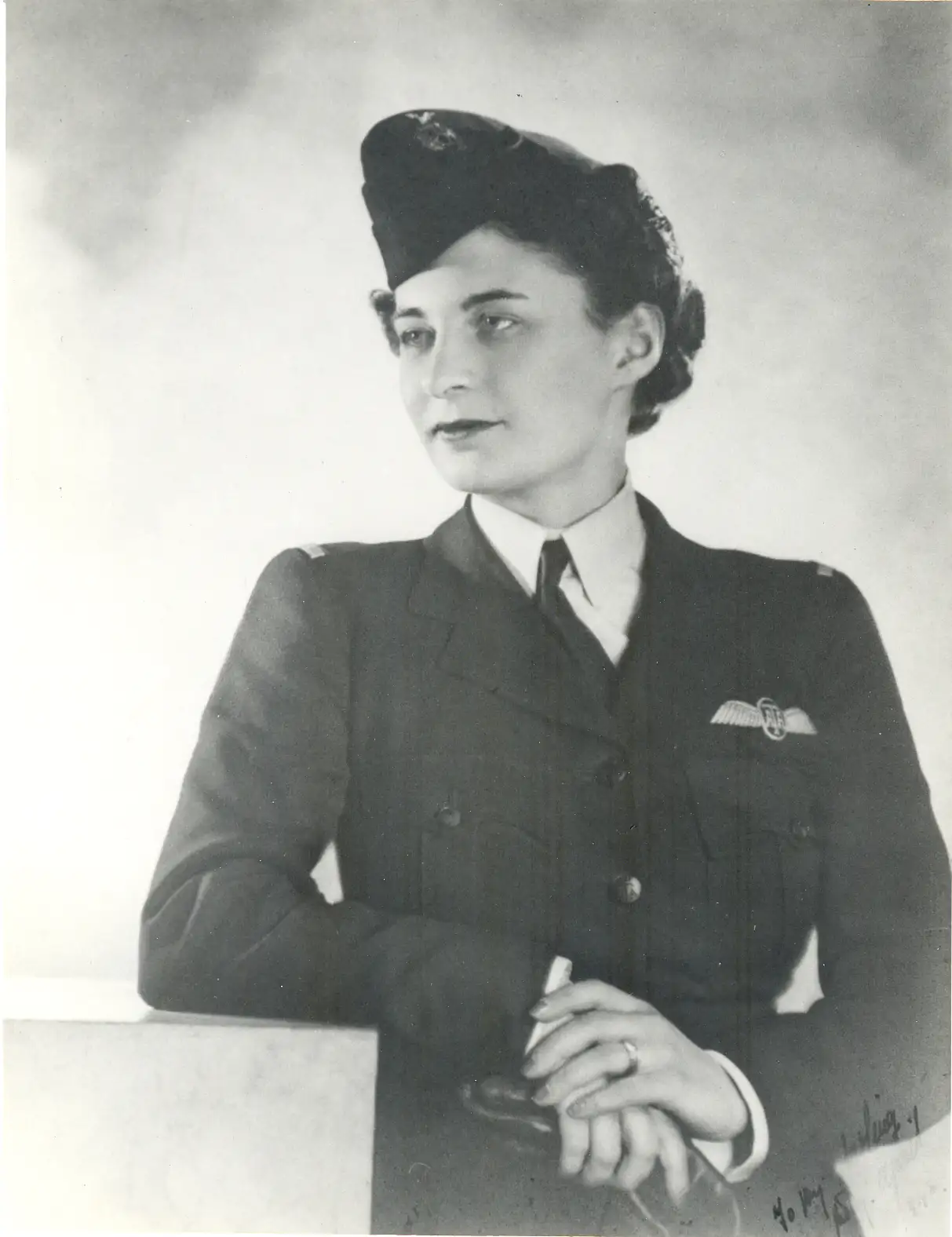

Welcome!
FOR THE BEST EXPERIENCE POSSIBLE,
PLEASE VIEW THIS PAGE ON A LARGER DEVICE.
Use your mouse or arrows on a keyboard to scroll through the sections

Use this icon on the top right to navigate to particular sections.






AN EXTRAORDINARY STORY





1909
–
Where it all began
From Humble Beginnings
Born in 1873, David Marshall began his working life as an apprentice kitchen boy at Trinity College, Cambridge, in 1887 – aged just 14.
‘Napoleon
of the Pitt’
At the beginning of the 20th century, David Marshall was appointed as steward and manager at the University of Cambridge’s Pitt Club.
It wasn’t long before his entrepreneurial spirit and business acumen transformed the club’s financial position.
His remarkable contributions soon led to him gaining the nickname ‘Napoleon of the Pitt’.
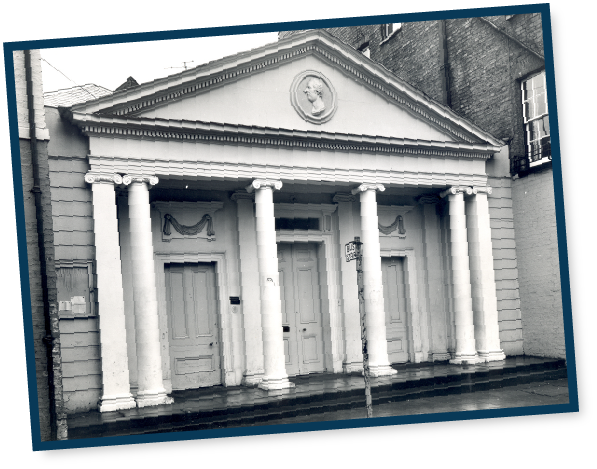
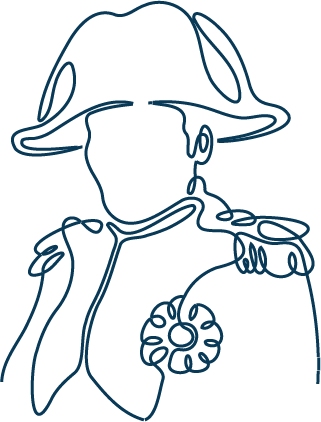
At the beginning of the 20th century, David Marshall was appointed as steward and manager at the University of Cambridge’s Pitt Club.
It wasn’t long before his entrepreneurial spirit and business acumen transformed the club’s financial position. In fact, within one term their fortunes had turned around.
His remarkable contributions soon led to him gaining the nickname ‘Napoleon of the Pitt’.
Bon
Voyage
David visited Paris for the first time in 1906, where he was blown away by the advancements in motoring.
He returned, determined to get into the automotive industry.
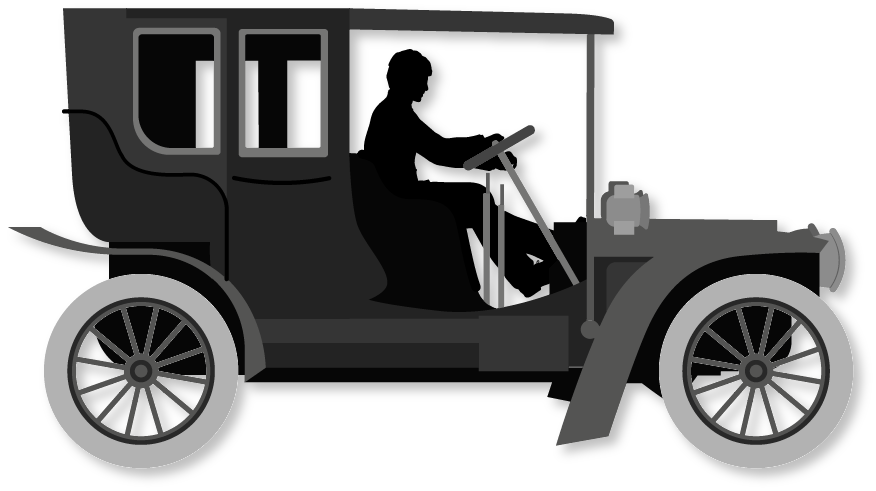

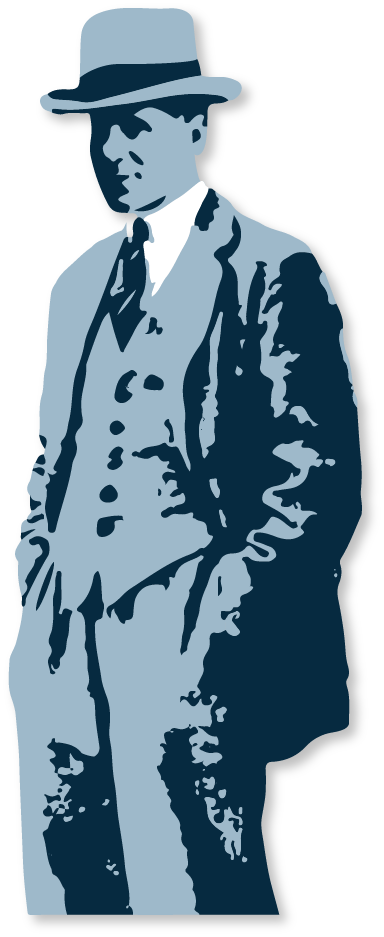

The Business is Founded
Established 1st Oct 1909
In 1909, David set up the Brunswick Motor Car Company – Marshall of Cambridge today – in a former stable in Brunswick Gardens, Cambridge, as a garage and chauffeur company.
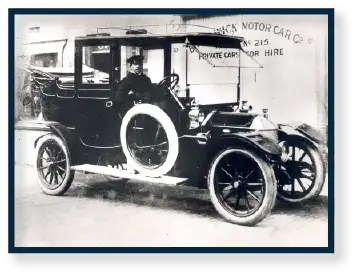
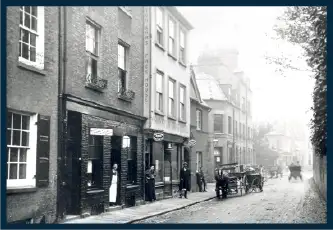
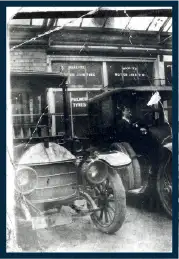
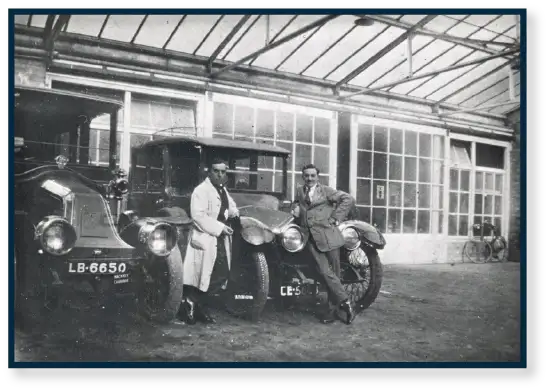
Moving On Up
The chauffeur business was an immediate success, and prompted the move from Brunswick Gardens to larger premises at 67A King Street in 1911.
When the trade expanded to include selling cars, the garage relocated to temporary premises in Jesus Lane in 1912 – and then new purpose-built premises in 1914.
Sir Arthur Marshall
1903 – 2007
Arthur Gregory George Marshall was born in December 1903, the eldest of his father David’s eight children.
Taking a keen interest in the family business from an early age, Arthur spent much of his childhood at the garage on Jesus Lane, learning the trade. He was also an accomplished athlete, making it to the 1924 Paris Olympics where he was a running reserve for the races which later inspired the Oscar-winning Chariots of Fire film.
Arthur found his love of flying and was awarded his pilot’s licence in 1928. He was appointed a master instructor by the Guild of Air Pilots.
When his father, David, passed away in 1942, Arthur took the helm of Marshall and played an enormous role in creating the business we are today. Arthur was appointed an OBE in 1948 and was knighted in 1974.
Sir Arthur’s tireless energy saw him serve as Marshall’s chairman until 1987, well into his eighties.
Sir Arthur Marshall
1903 – 2007
Arthur Gregory George Marshall was born in December 1903, the eldest of his father David’s eight children.
Arthur spent much of his childhood at the garage on Jesus Lane, learning the trade. He was also an accomplished athlete, making it to the 1924 Paris Olympics where he was a running reserve for the races which later inspired the Oscar-winning Chariots of Fire film.
Arthur found his love of flying and was awarded his pilot’s licence in 1928.
When his father, David, passed away in 1942, Arthur took the helm of Marshall and played an enormous role in creating the business we are today. Arthur was appointed an OBE in 1948 and was knighted in 1974.
Sir Arthur’s tireless energy saw him serve as Marshall’s chairman until 1987, well into his eighties.

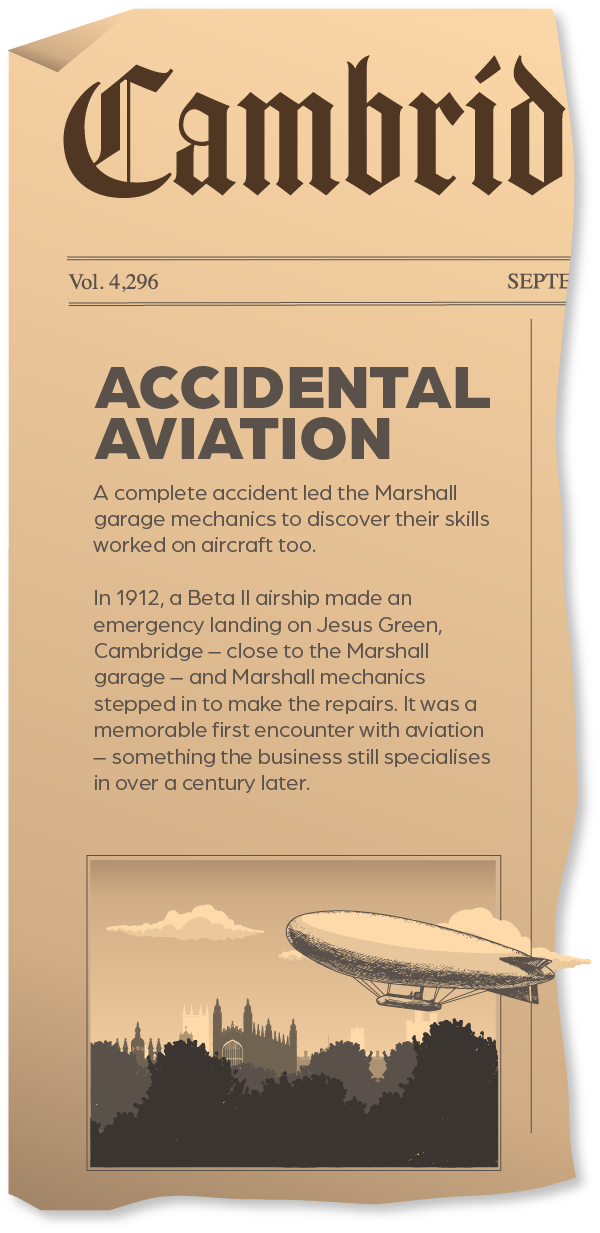


ACCIDENTAL AVIATION
A complete accident led the Marshall garage mechanics to discover their skills worked on aircraft too. In 1912, a Beta II airship made an emergency landing on Jesus Green, Cambridge – close to the Marshall garage – and Marshall mechanics stepped in to make the repairs. It was a memorable first encounter with aviation – something the business still specialises in over a century later.
You can visit the airship’s gondola in
London’s Science Museum today.
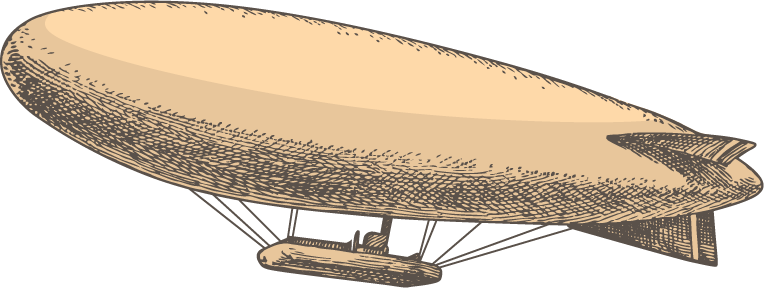



1918
–
Supporting the war effort
During World War I, the Jesus Lane garage serviced vehicles used in the war effort.
David’s catering expertise saw him taking charge of the Woolwich Arsenal canteen, overseeing the provision of 55,000 meals a day. David was awarded an MBE in 1918 for his service.
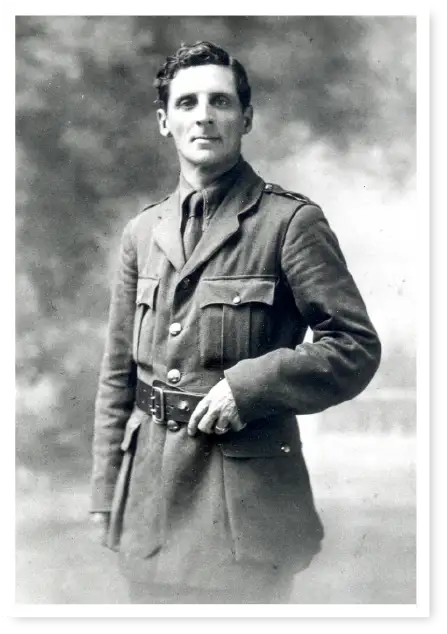
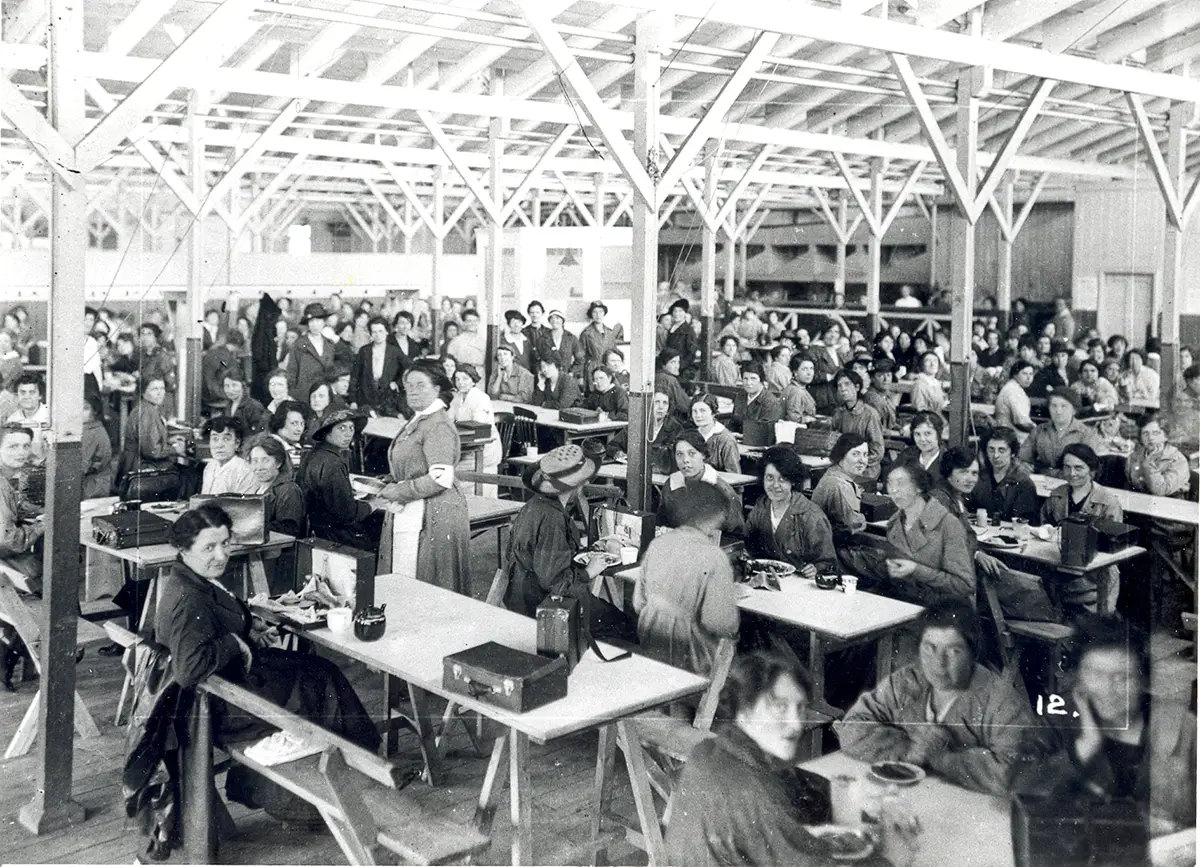
During World War I, the Jesus Lane garage serviced vehicles used in the war effort, particularly ambulances.
David’s catering expertise saw him taking charge of the Woolwich Arsenal canteen, overseeing the provision of 55,000 meals a day. David was awarded an MBE in 1918 for his service.
A Chance Meeting
Marshall’s car sales business was boosted when David first met Sir Herbert (later Lord) Austin during WWI.
This resulted in Marshall being awarded the ‘Distributorship for Austin in Cambridgeshire’ in 1920.



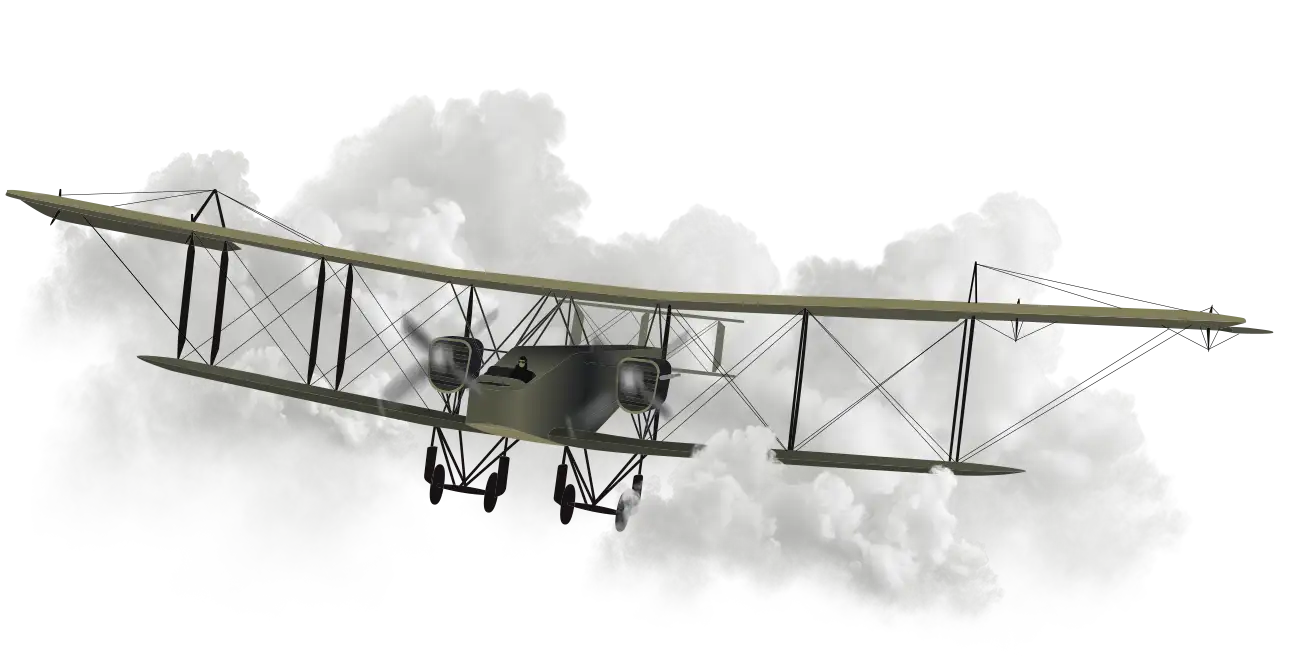
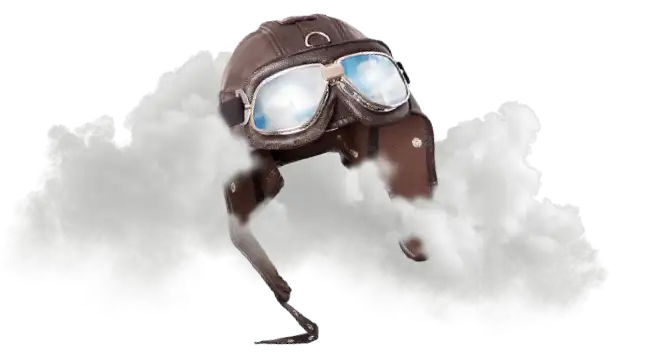
Taking
to the skies
In 1919, David bought his first plane, a Handley Page 0/400 twin bomber for the sum of £5. It was the first in a long series of planes the Marshall family would own.
Did you know?
The sum of £5 would be £204 in today’s money.


Grow
Your Own
As the motor trade was a new industry, there weren’t enough experienced mechanics available to support the growing Marshall business. So, in 1920, Marshall decided to ‘grow its own’, taking on and training its first motor apprentices.
Apprentice pay started at four shillings a week, or about £6 in today’s money.
Marshall has been growing its own ever since…
As the motor trade was a new industry, there weren’t enough experienced mechanics available to support the growing Marshall business. So, in 1920, Marshall decided to ‘grow its own’, taking on and training its first motor apprentices.
Apprentice pay started at four shillings a week, or about £6 in today’s money.
…and has trained over…
apprentices since 1920
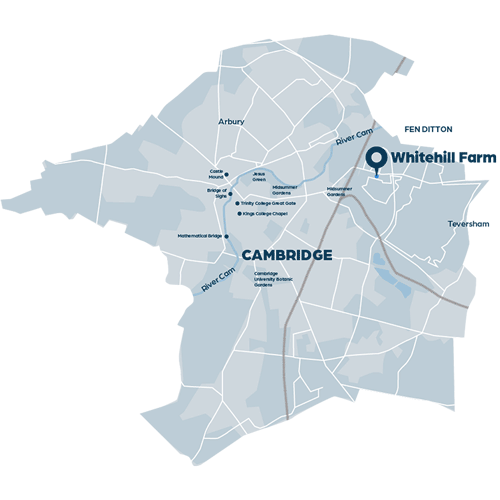
Opening of Marshall’s
Aerodome
9th June 1929
By 1929, David’s son Arthur was regularly flying planes. Looking to get into the aviation business and open an aerodrome, David and Arthur visited the owner of Whitehill Farm on Newmarket Road, Cambridge, and offered to buy 45 acres of land from him.
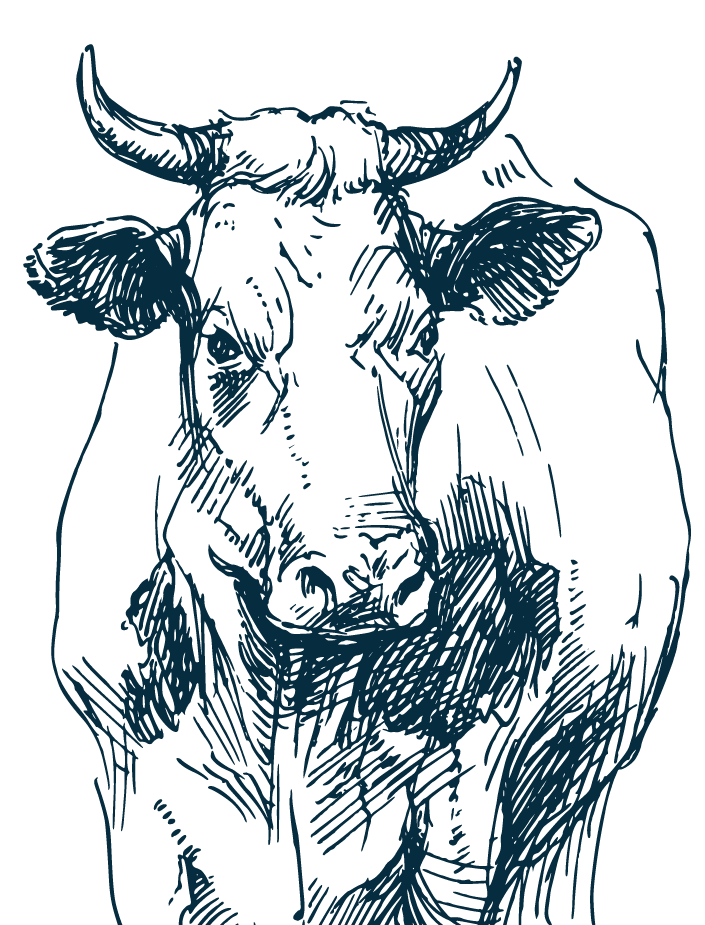
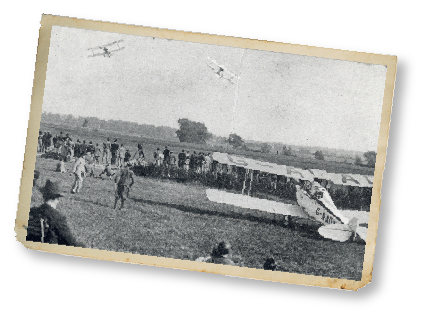

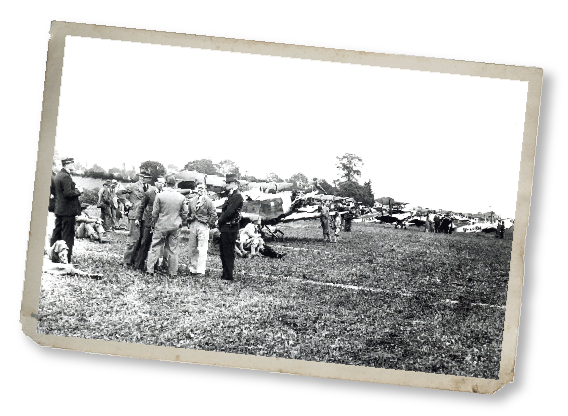
The farmer accepted the offer, and Cambridge’s first ever aerodrome officially opened with an unforgettable aerial pageant.
The farmer accepted the offer
– and Cambridge’s first ever aerodrome officially opened with an
unforgettable
aerial pageant.
Marshalls’ Flying School
From this aerodrome, flying training commenced in 1929 and a year later the Marshalls’ Flying School was formed.
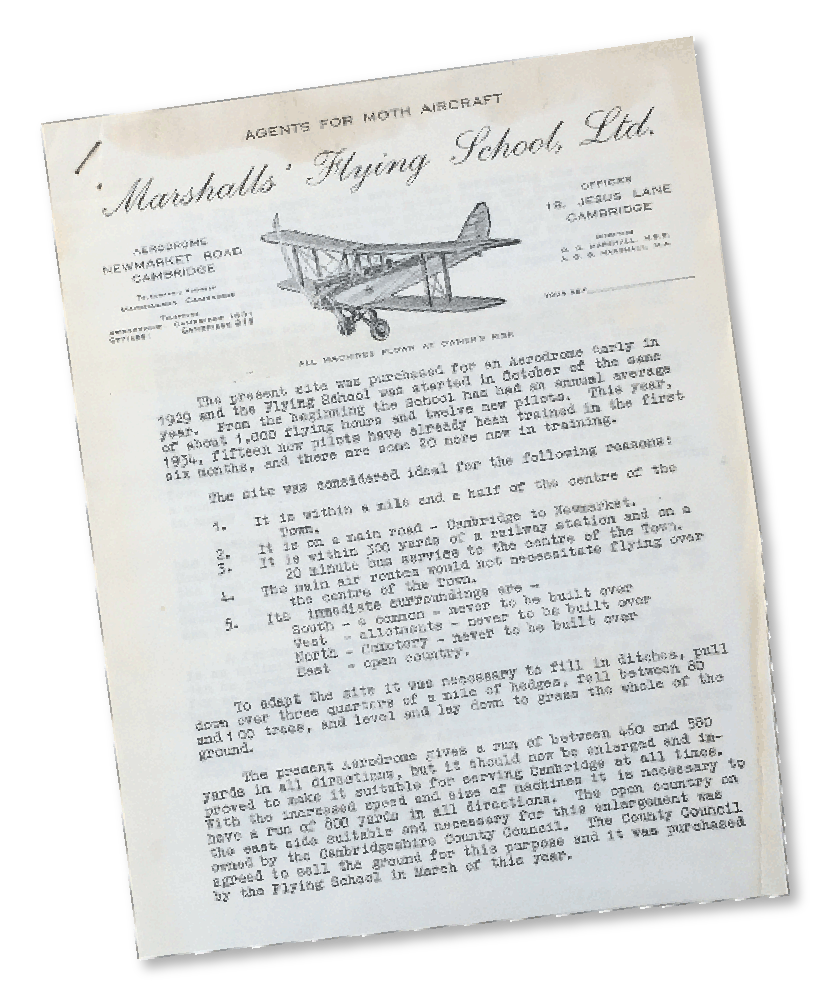

Marshalls’
Flying School
From this aerodrome, flying training commenced in 1929 and a year later the Marshalls’ Flying School was formed.



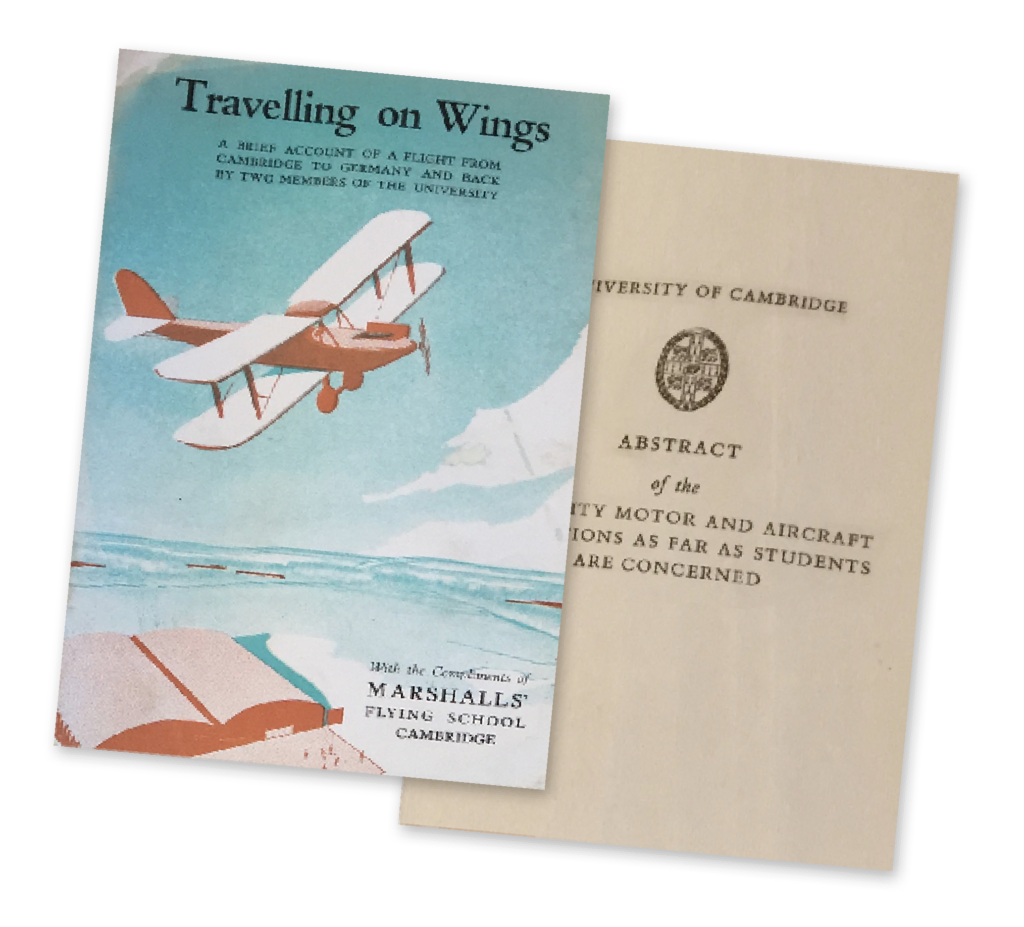
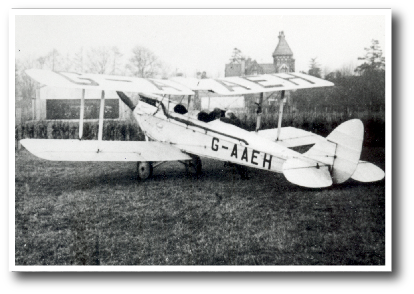
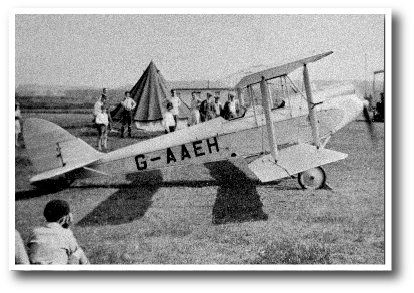
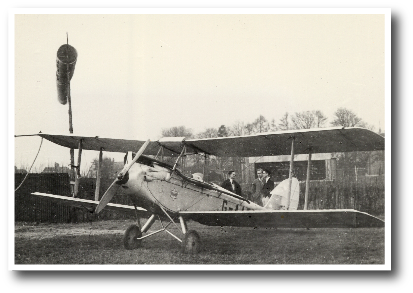
The
Workhorse
Once Marshalls’ Flying School was registered in 1930, several de Havilland DH.60 Gipsy Moth aircraft were purchased, and remained the mainstay of the school and charter flight business until WWII.
The Gipsy Moth was a 1920s British two-seat touring and training aircraft, the precursor to the Tiger Moth.
And Gipsy Moth is still the moniker for the Marshall cafeteria to this day!



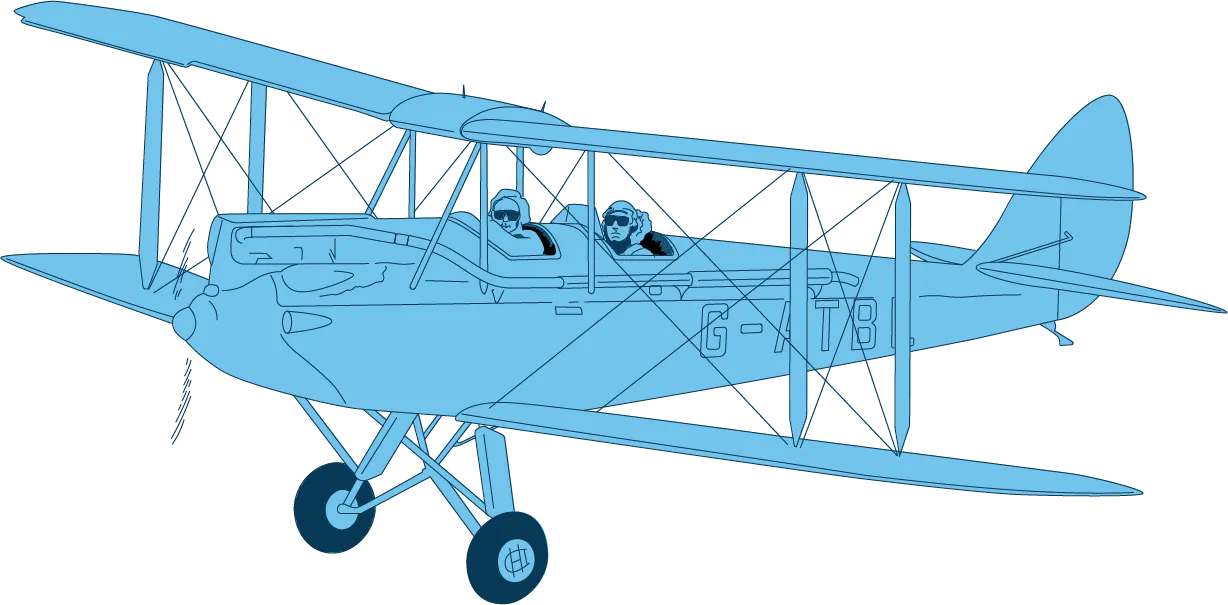
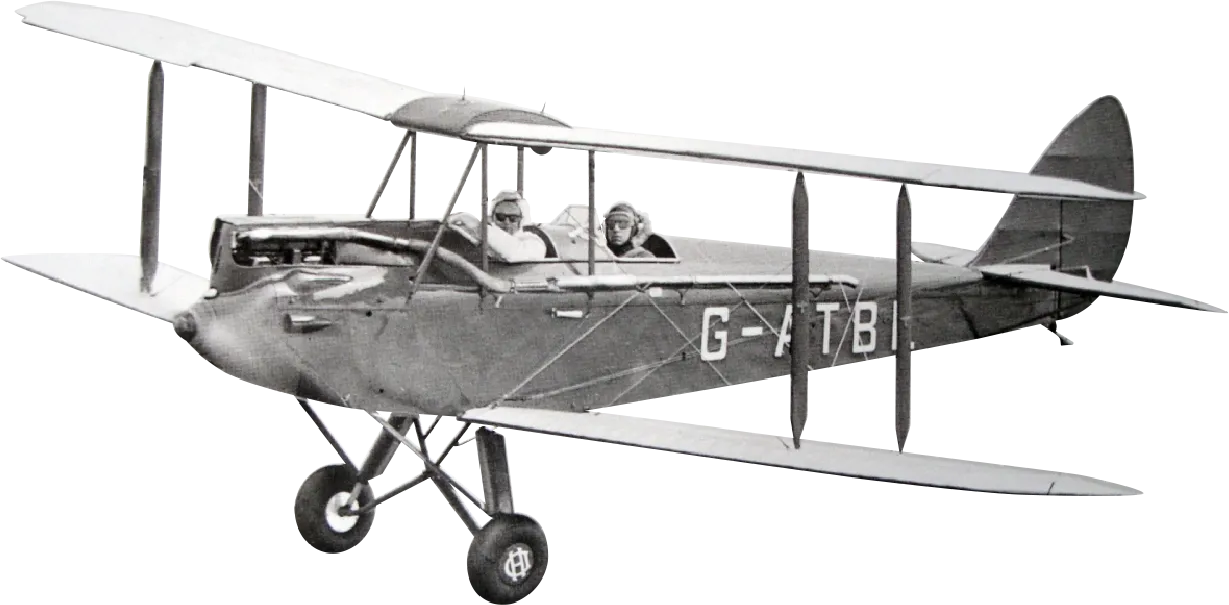
G-AAEH


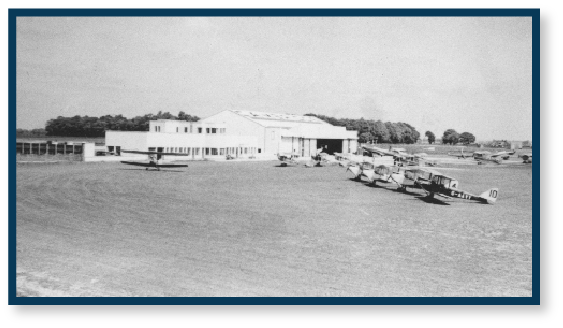
The sky’s the limit
The flying school was so successful that Marshall replaced Whitehill Farm with a second, much larger aerodrome in 1937. The site remains the location of Cambridge City Airport today.
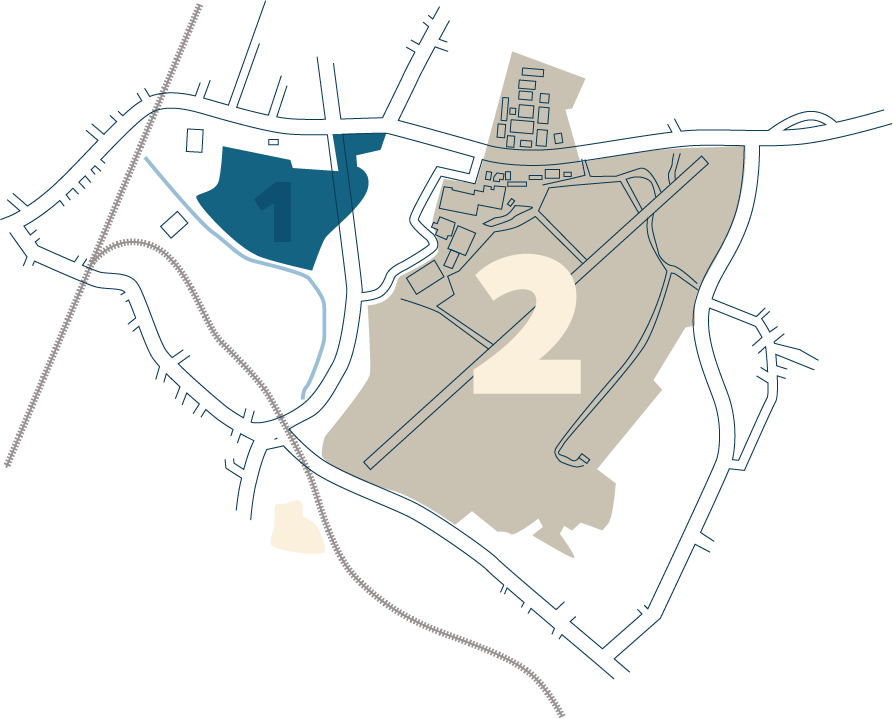
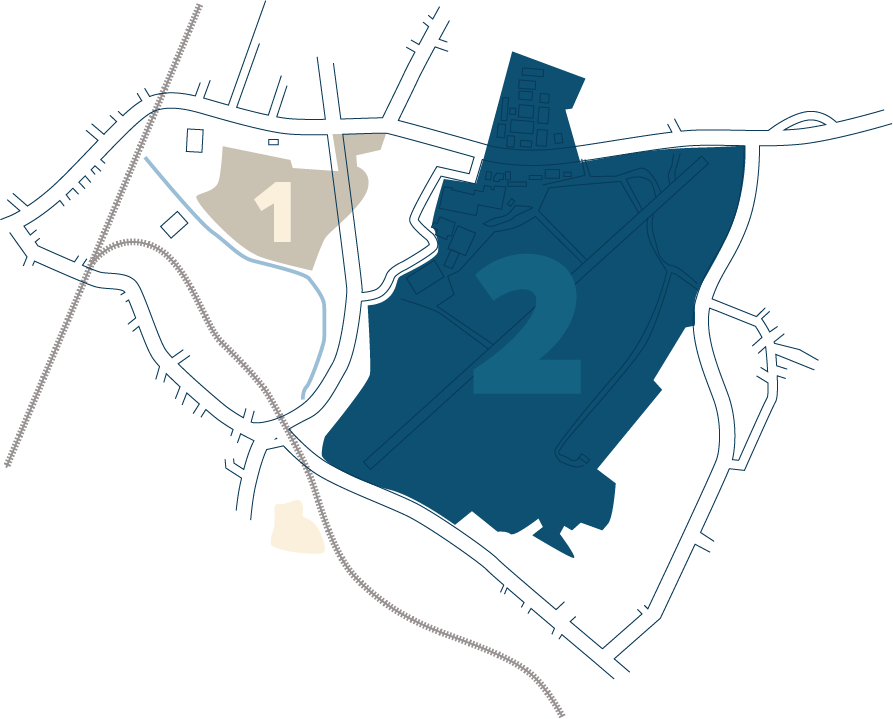
A Cambridge
Icon
The new aerodrome needed buildings – and in 1937, the Cambridge City Airport Control Building opened on Newmarket Road. Designed by Arthur Marshall with support from the famous architect Harold Tomlinson, the Control Building has become one of the city’s most iconic pieces of modern architecture – so much so it was given listed protection 60 years later.
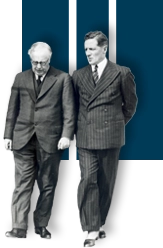
Architect, Harold Tomlinson (left)
accompanied by David Marshall
Did you know?
Harold Tomlinson also designed the ADC Theatre in Cambridge – a launchpad for many famous actors like Sir Ian McKellen, Emma Thompson and Stephen Fry. Even Sir Arthur Marshall trod its boards.
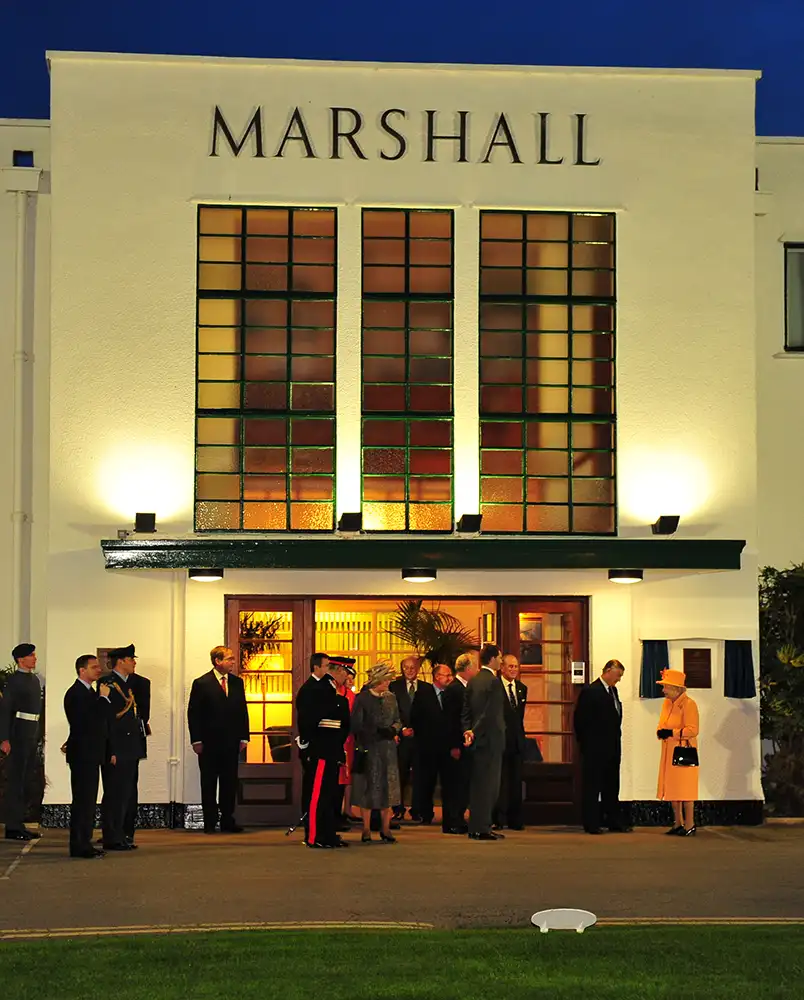
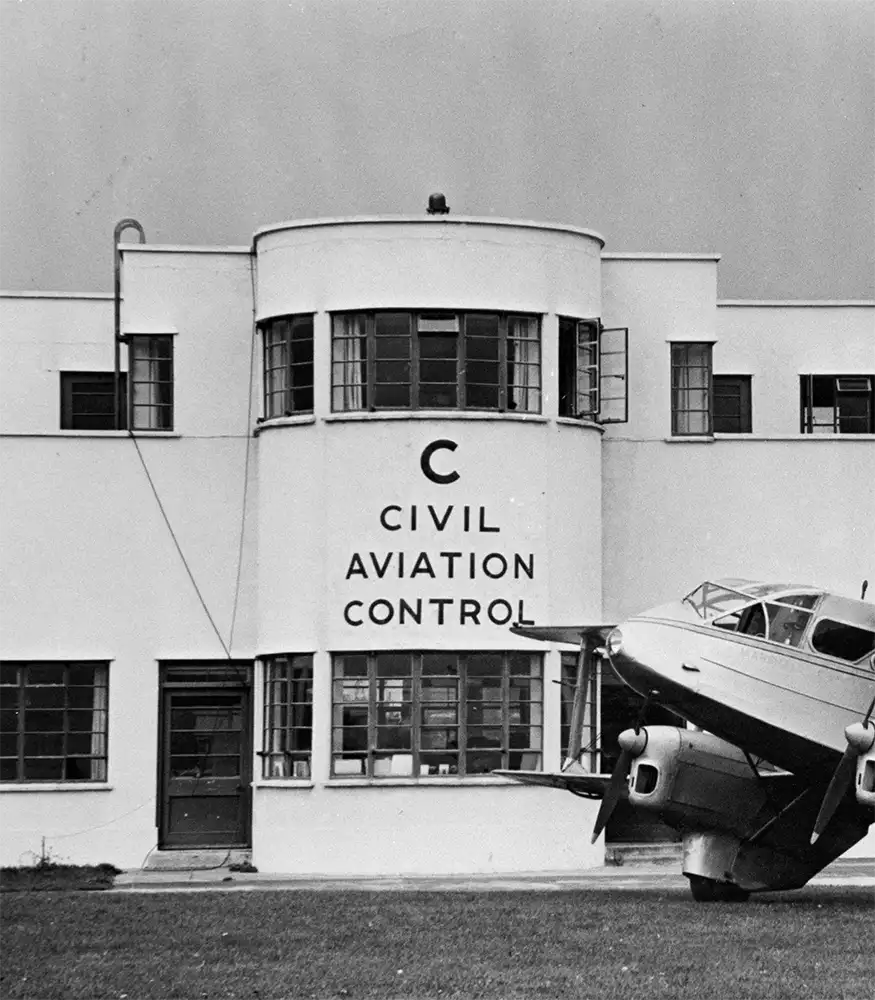
A Cambridge
Icon
Built in 1937 and designed by the famous architect Harold Tomlinson, the Cambridge City Airport Control Building is one of the city’s most iconic pieces of modern architecture – so much so it was given listed protection 60 years later.
Did you know?
Harold Tomlinson also designed the current ADC Theatre in Cambridge – a launchpad for many famous actors and comedians like Sir Ian McKellen, Emma Thompson and Stephen Fry.
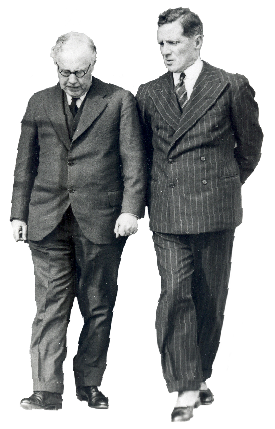
Architect, Harold Tomlinson (left)
accompanied by David Marshall
1938
–
Battling for Britain
RAF
Volunteer
Reserve
By 1938, re-armament had become an urgent national priority, along with the need for even more facilities for training military aircrew.
A major flying training school for the RAF Volunteer Reserve was established by Marshall.
Even WWII flying ace Johnnie Johnson honed his skills in Cambridge, training at Marshalls’ Flying School.
RAF
Volunteer
Reserve
By 1938, re-armament had become an urgent national priority, along with the need for even more facilities for training military aircrew.
A major flying training school for the RAF Volunteer Reserve was established by Marshall.
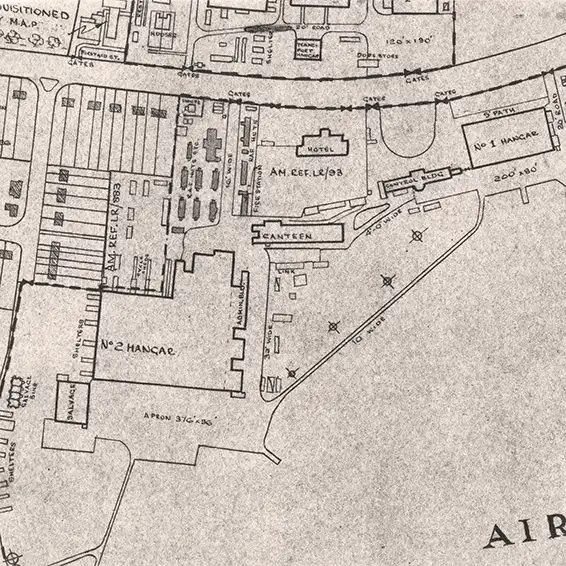

Battle of Britain
700 new RAF pilots
were trained by Marshall using a methodology known as Ab Initio – meaning ‘from the beginning’ – before the Battle of Britain commenced in 1940.
Did you know?
Some lucky trainees got to stay in the Marshall family home as there was a shortage of digs around Cambridge.
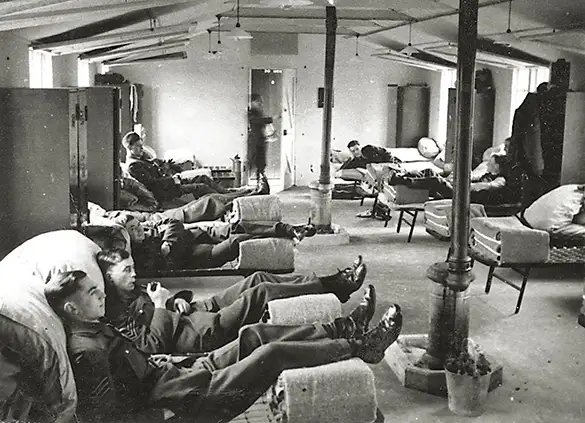
Battle of Britain
600 new RAF pilots
were trained by Marshall using a methodology known as Ab Initio – meaning ‘from the beginning’ – before the Battle of Britain commenced in 1940.
Did you know?
Some lucky trainees got to stay in the Marshall family home as there was a shortage of digs around Cambridge.
By the end of the war, the company had trained
over
20,000
aircrew.
This included pilots, observers and flying instructors, many with no previous experience.
The Ab Initio training scheme was adopted by the Royal Air Force in 1941, and continues in use to this day.
By the end of the war, the company had trained
over
20,000
aircrew.
This included pilots, observers and flying instructors, many with no previous experience.
The Ab Initio training scheme was adopted by the Royal Air Force in 1941, and continues in use to this day.
Over 5,000
aircraft modified and repaired
Marshall engineers worked on aircraft ranging in size and complexity including the Douglas Dakota, de Havilland Mosquito, Hawker Typhoon, Boeing B-17 Flying Fortresses, Armstrong-Whitworth Whitley and Airspeed Oxfords.
Over 5,000
aircraft modified and repaired
Marshall engineers worked on aircraft ranging in size and complexity including the Douglas Dakota, de Havilland Mosquito, Hawker Typhoon, Boeing B-17 Flying Fortresses, Armstrong-Whitworth Whitley and Airspeed Oxfords.
Did you know?
Marshall was particularly associated with the de Havilland Mosquito, being the first to convert the Mosquito to specialist roles, like Night Fighters.

Molly Rose
1920-2016
One of David’s six daughters, Molly spent most of her schooling in England, before finishing her education in Paris. It was around this time when she first flew as a passenger in her brother Arthur’s Gipsy Moth, where she discovered her passion for aviation, and was soon awarded her pilot’s licence.
At her father’s suggestion, she trained to be an aircraft ground engineer, working on the maintenance of aircraft at the flying school, when she married Bernard Rose. In 1942, Molly joined the Air Transport Auxiliary (ATA), ferrying 486 single and twin-engine RAF aircraft until the end of the war.
Molly’s legacy lives on in the present day ‘Molly Rose Scholarship’, which encourages young women to consider a career in aviation by funding a full Private Pilot’s licence.
Molly Rose
1920-2016
Molly discovered her passion for aviation after flying in her brother Arthur’s Gipsy Moth, and was soon awarded her pilot’s licence.
She trained to be an aircraft ground engineer, working on the maintenance of aircraft at the flying school. In 1942, Molly joined the Air Transport Auxiliary (ATA), ferrying 486 single and twin-engine RAF aircraft until the end of the war.
Molly’s legacy lives on in the present day ‘Molly Rose Scholarship’, which encourages young women to consider a career in aviation by funding a full Private Pilot’s licence.
During the war years,
Marshall invited over 500 local children to an annual Christmas party,
complete with a festive feast, live entertainment, and a gift from Father Christmas.
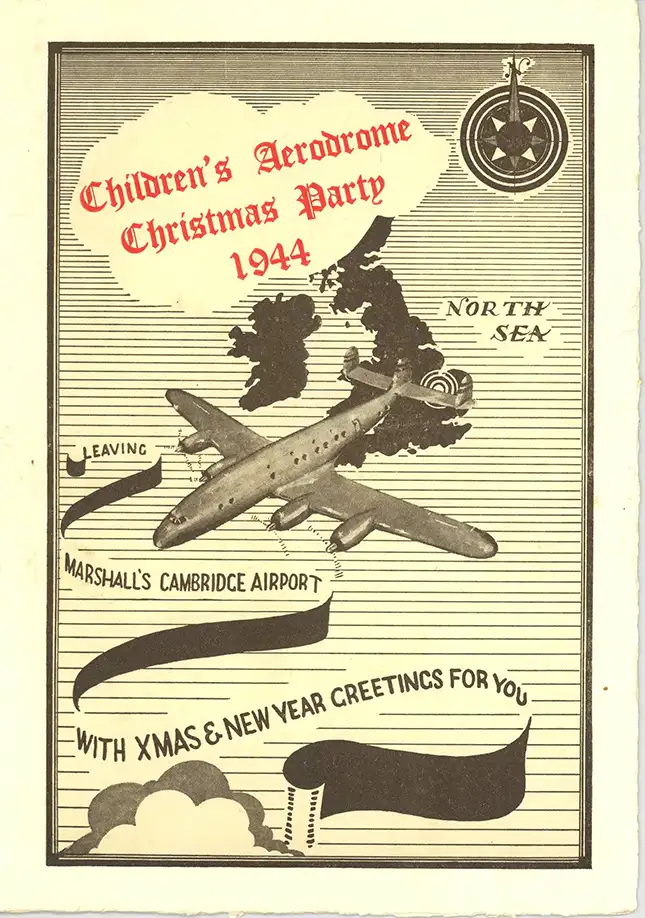
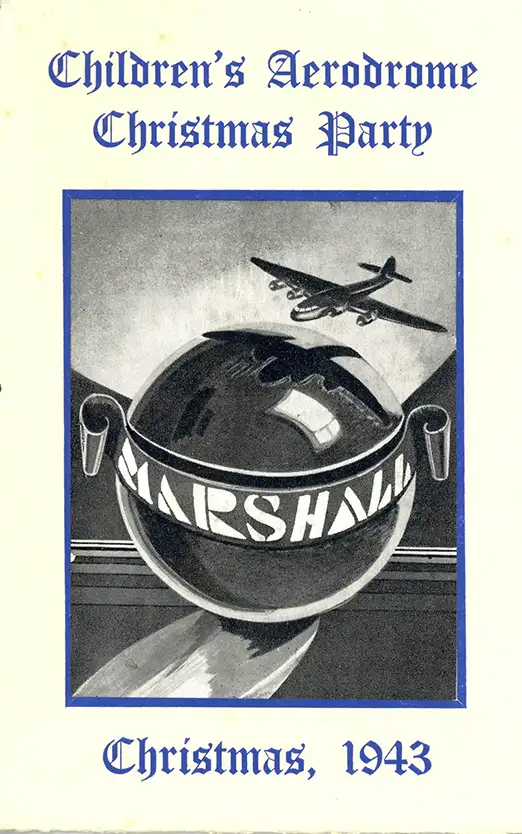
Johnnie
Johnson
1915-2001
James Edgar Johnson, better known as Johnnie, was an RAF pilot. Having trained in Cambridge, Johnnie is credited with having shot down more members of the German Luftwaffe than any other pilot in the Allied forces.





